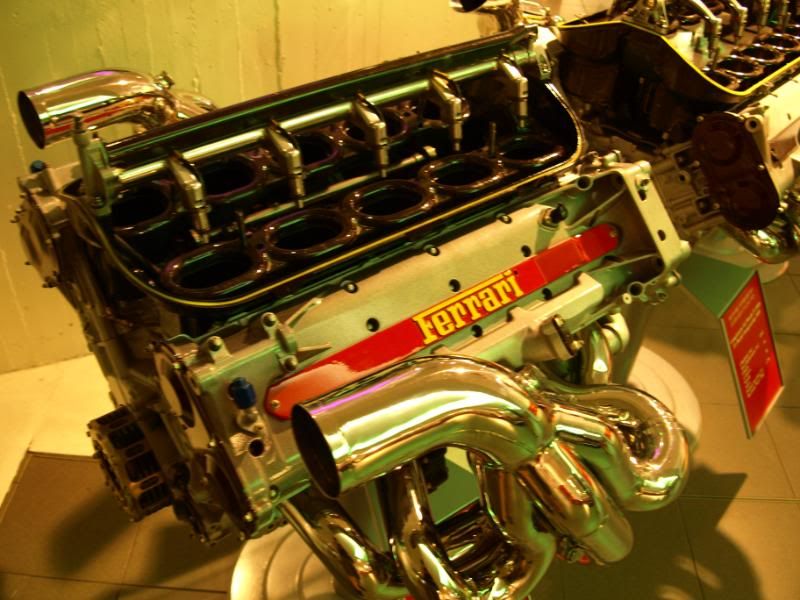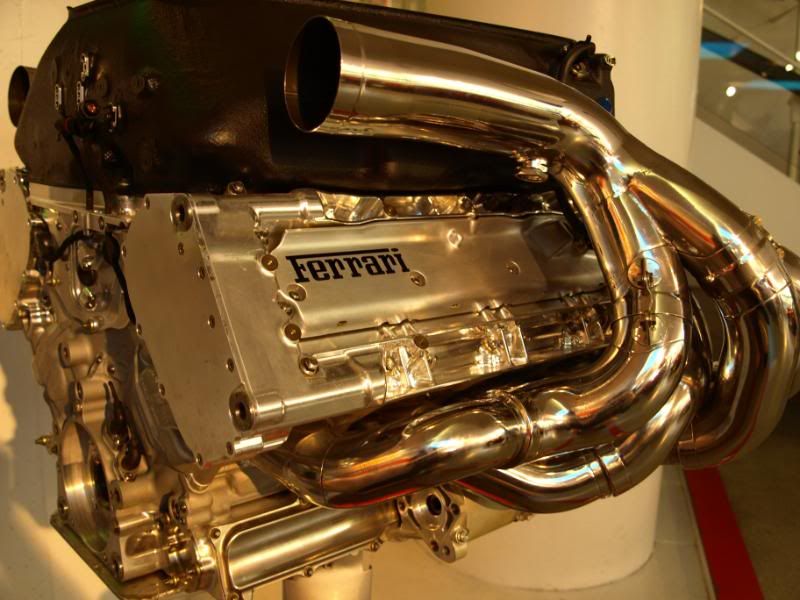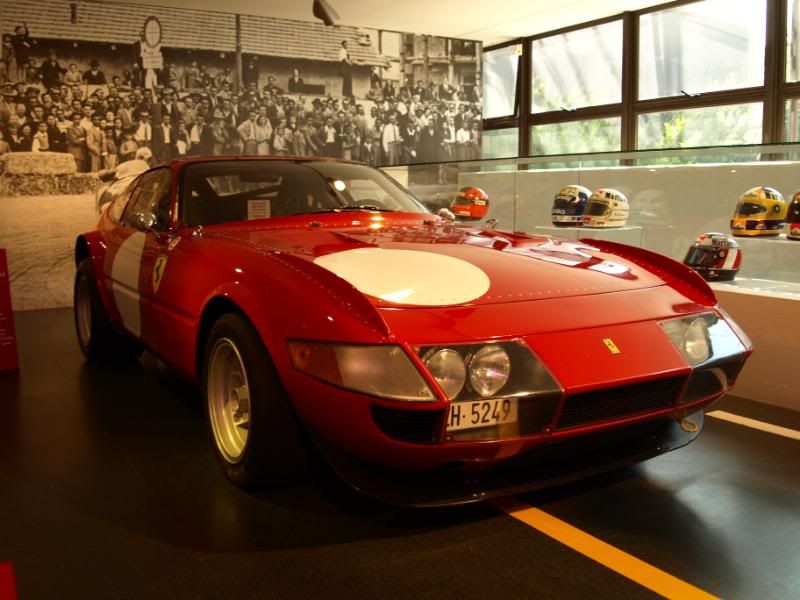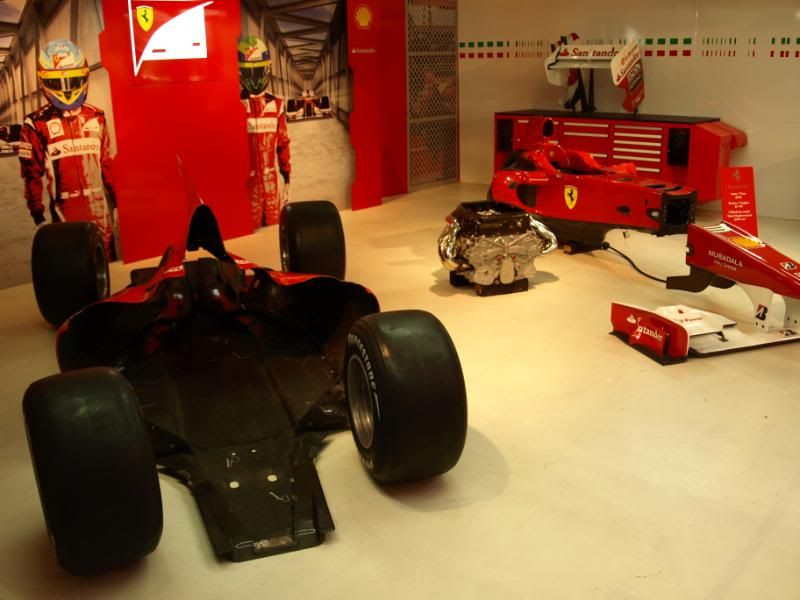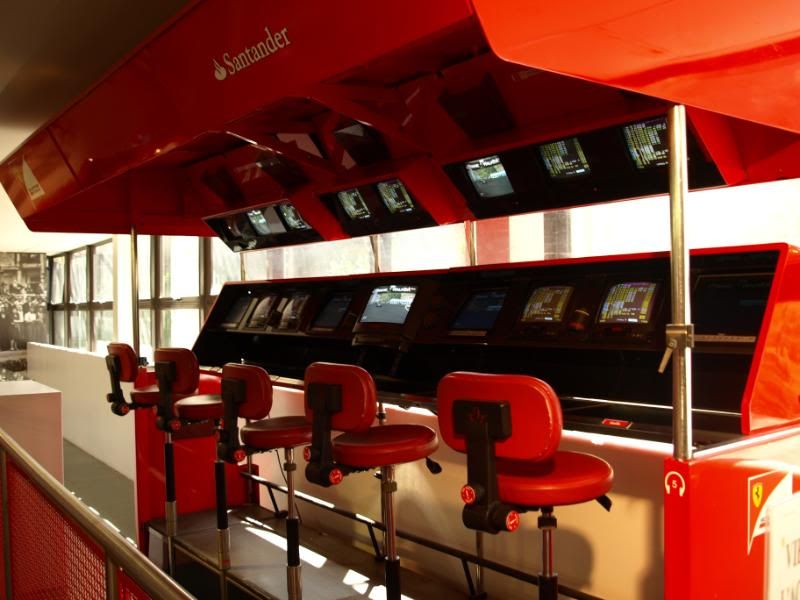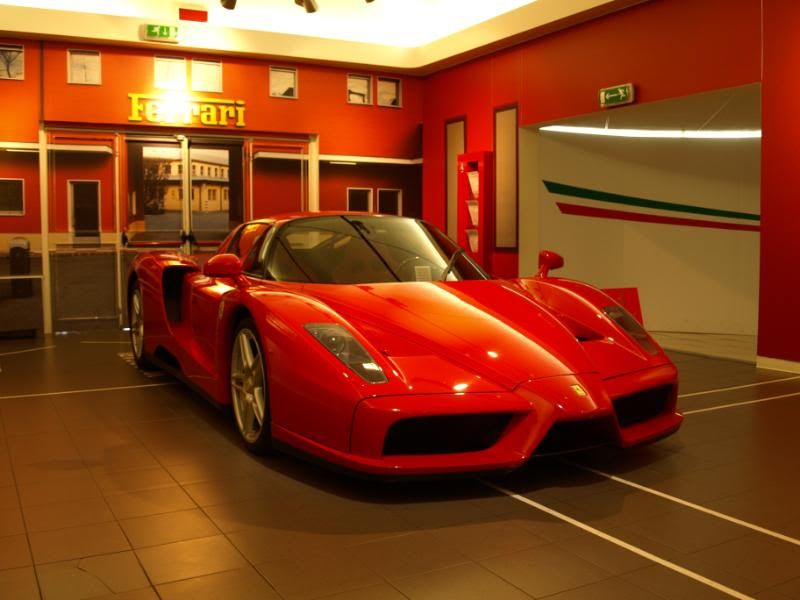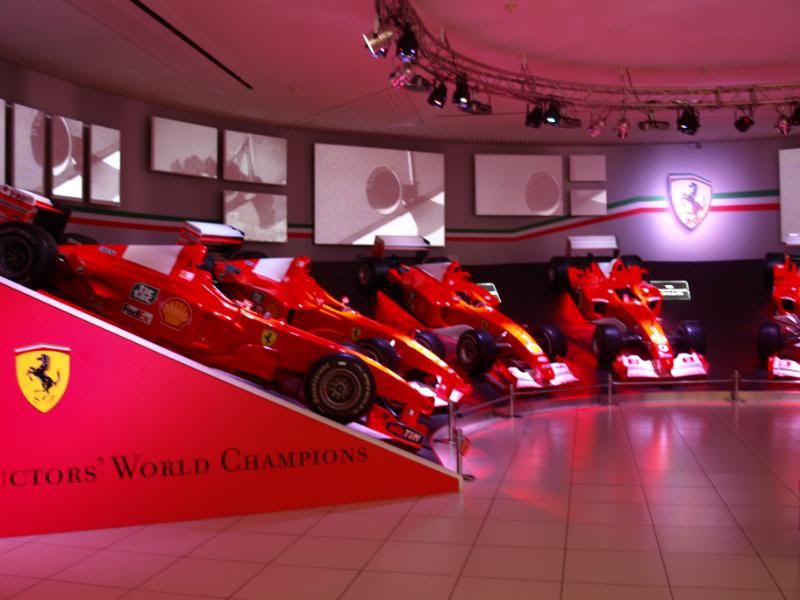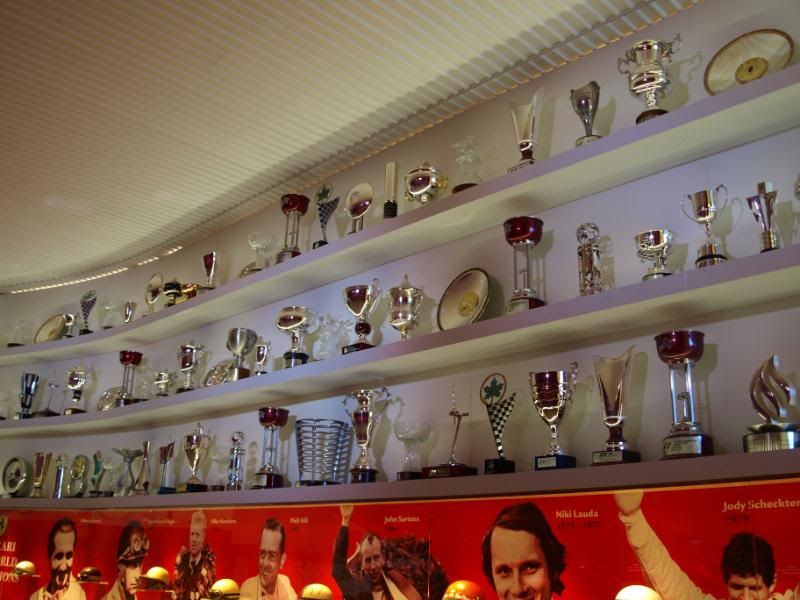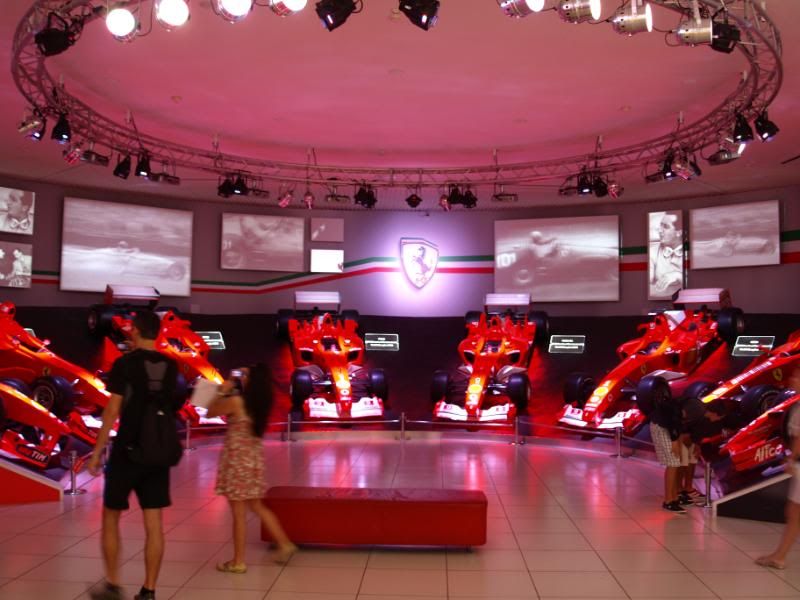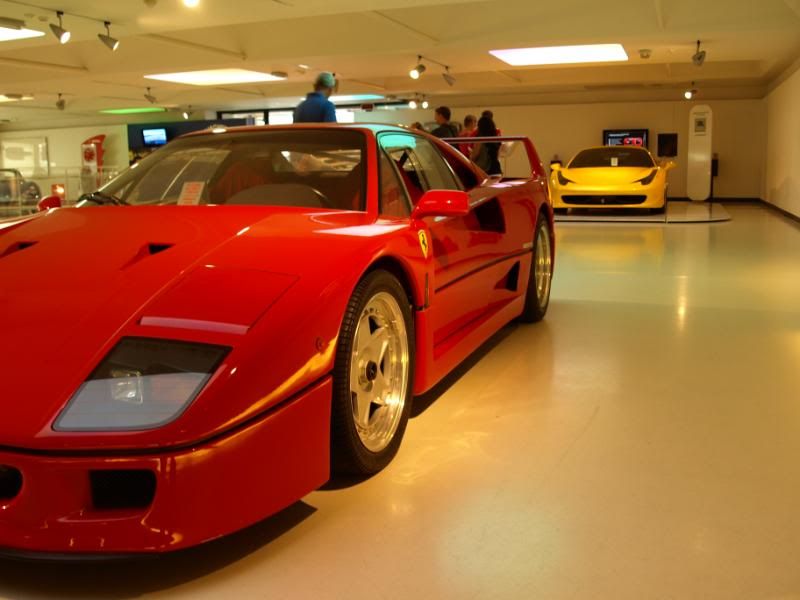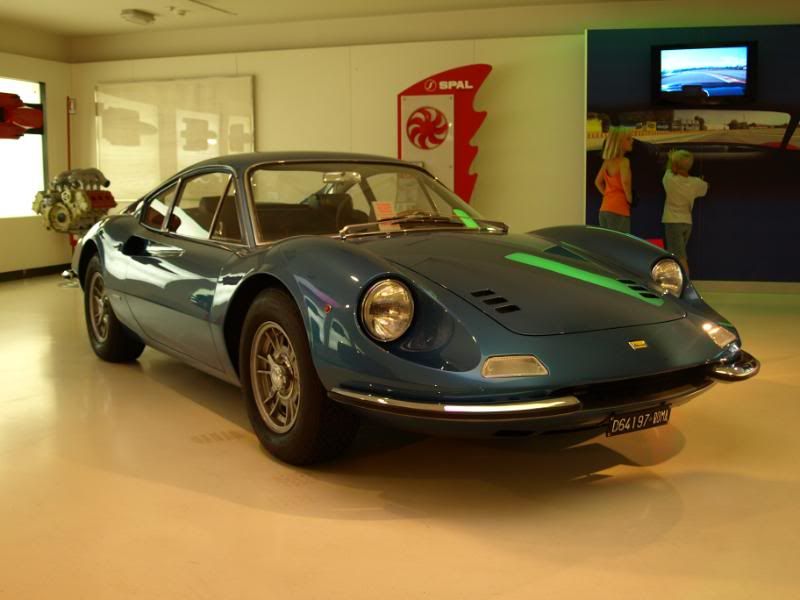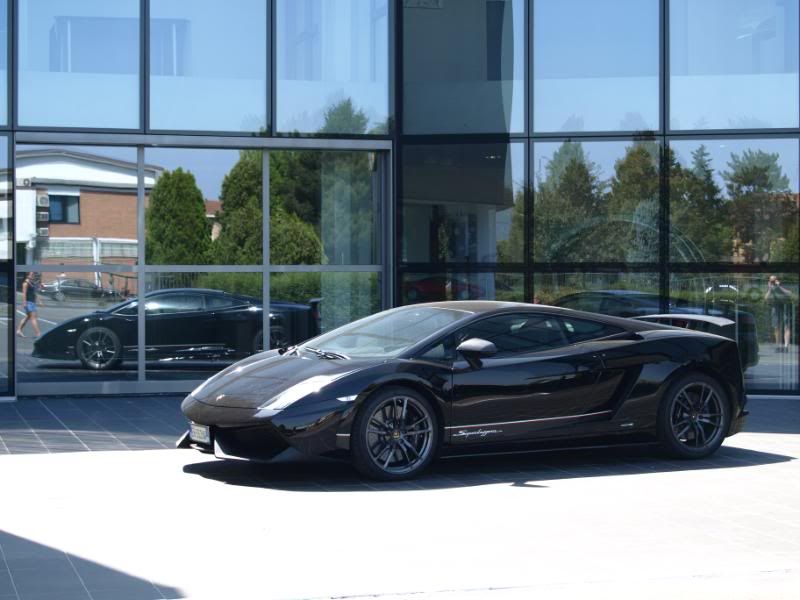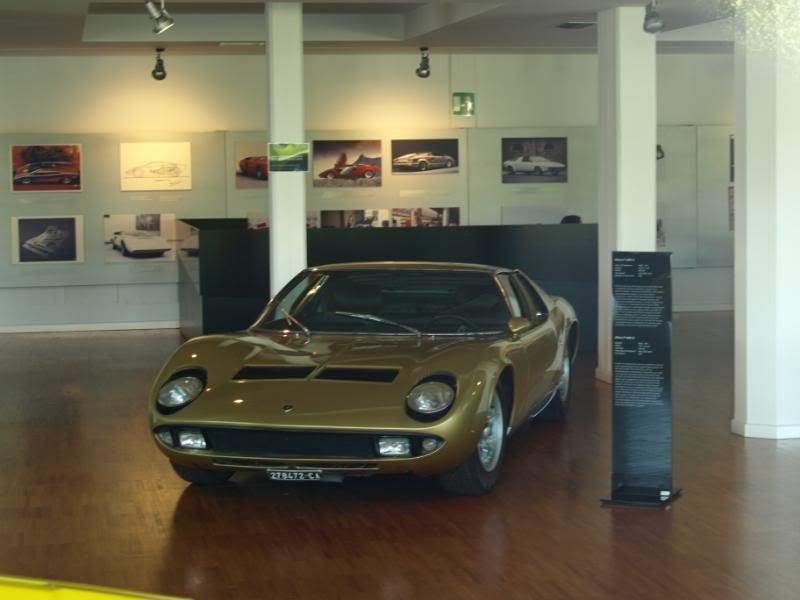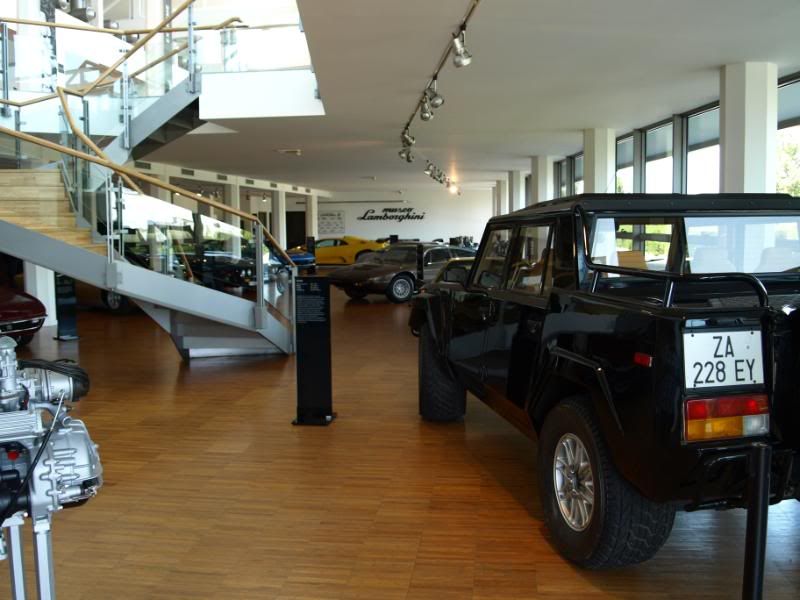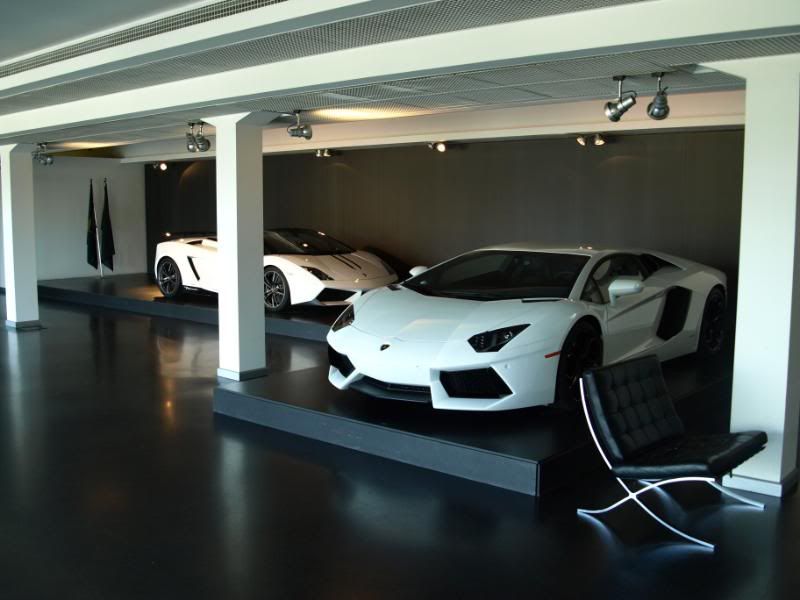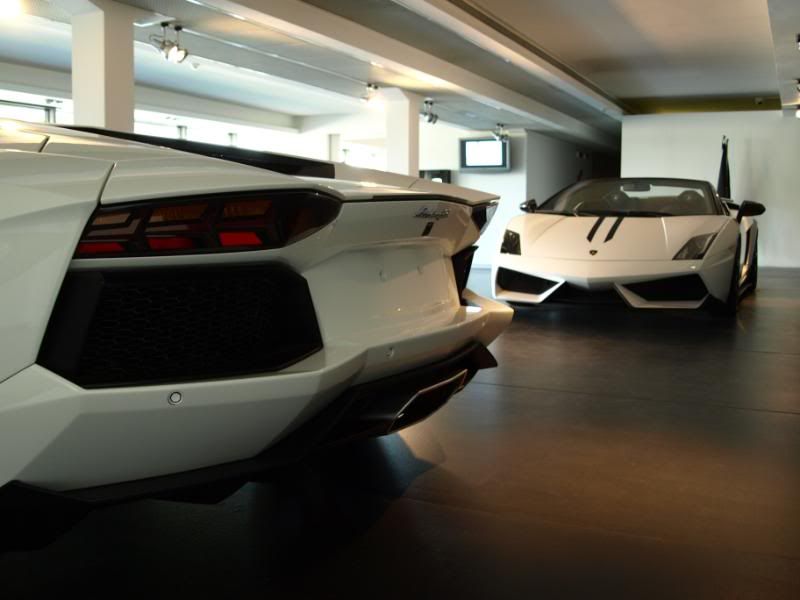After Lamborghini, we headed to Pagani, which was only about ten minutes away. Pagani was by far the best part of the day. I had arranged in advance to have a tour of the factory. We arrived a little early, so had some time waiting in the showroom. There were letters on the walls from customers and magazine articles. We very quickly got the impression that this is a low volume manufacture that has a very close and very important relationship with it's customers and the press. There were three Zondas in the showroom, a Pagani bike and a very cool stereo. It transpired that it was just Louise and I that were being shown around the factory. I was allowed to take photographs in the showroom, but not in the factory.
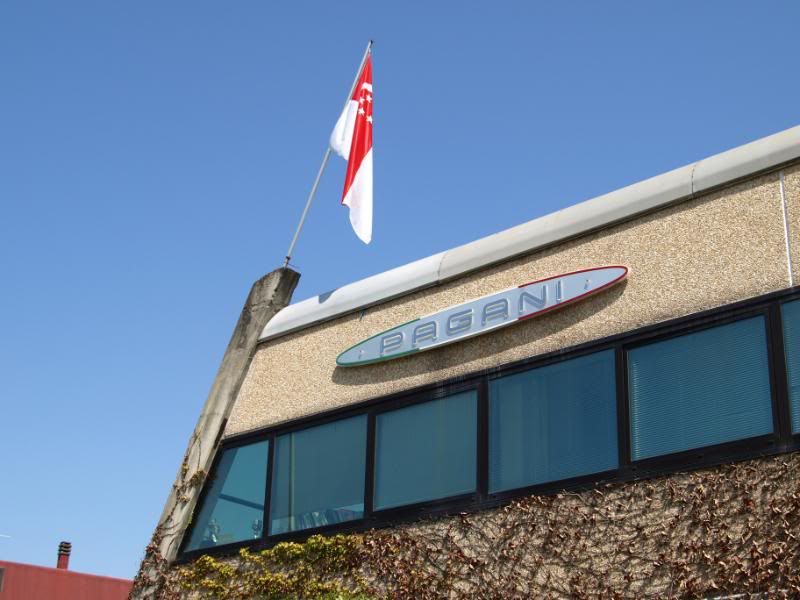

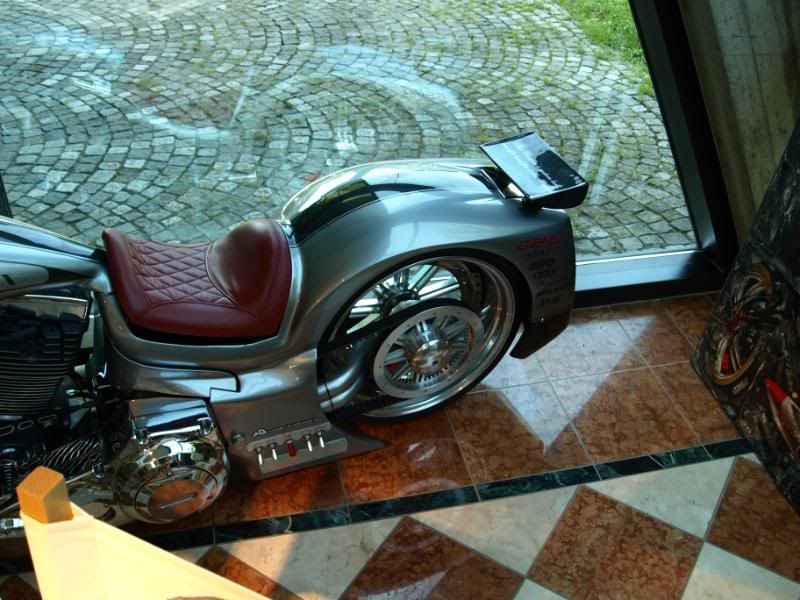
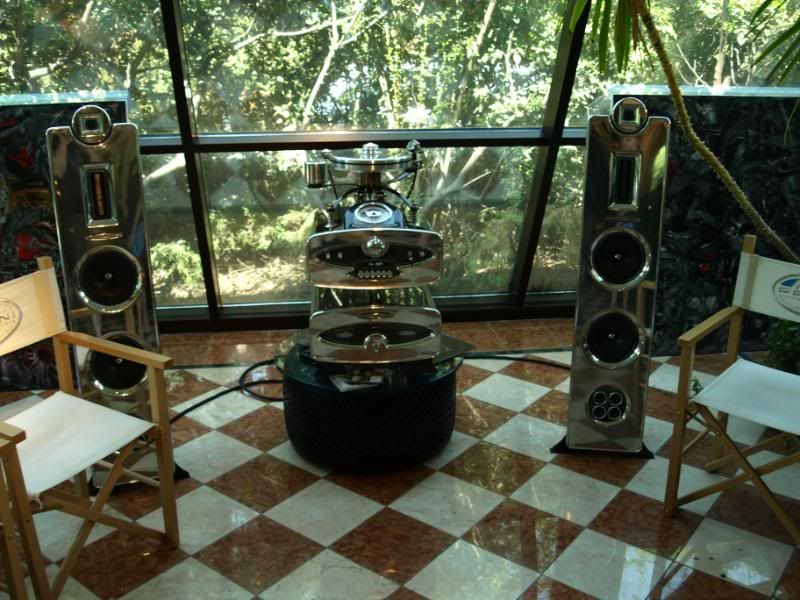
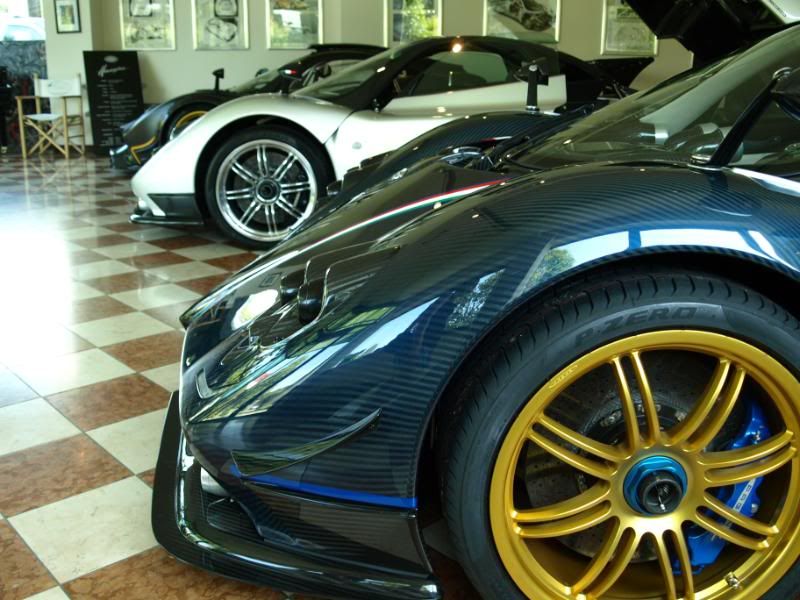
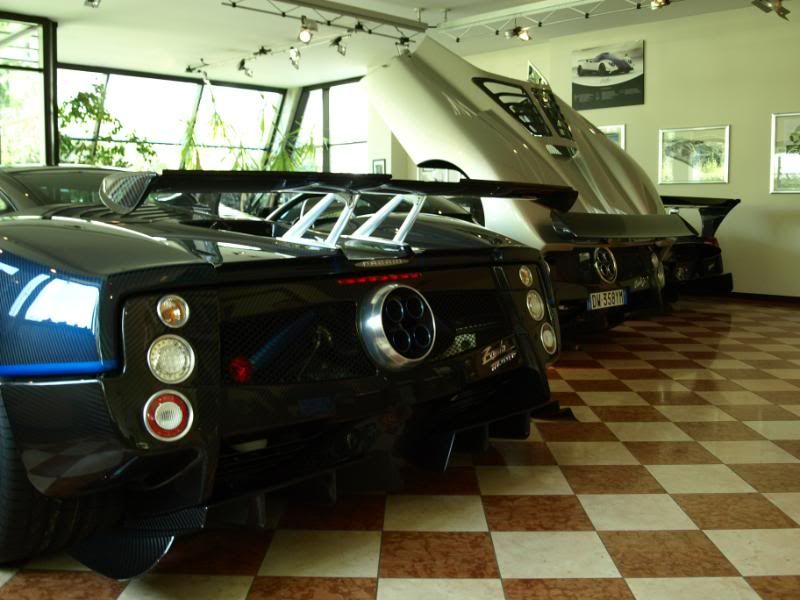
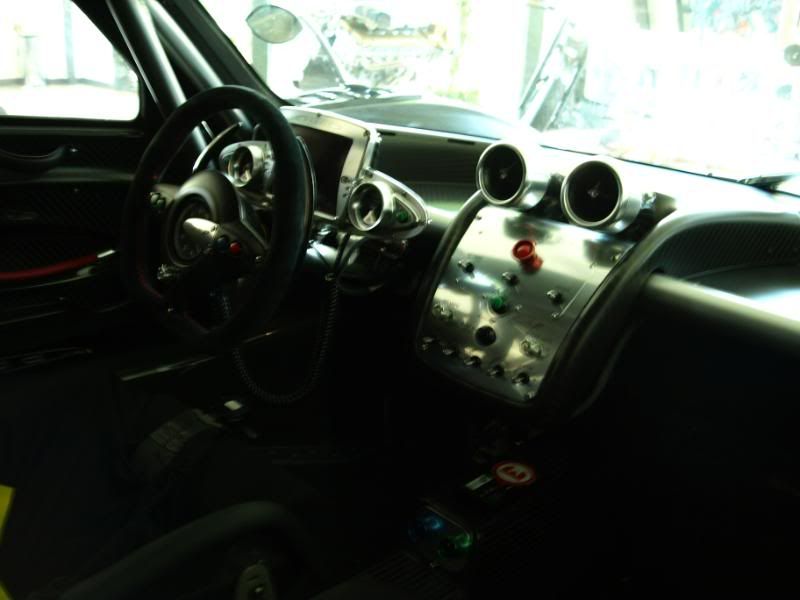
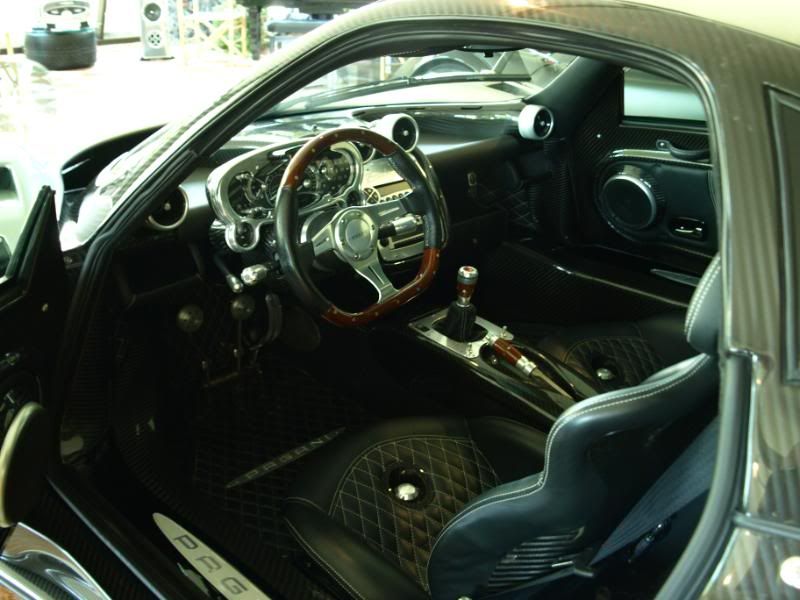
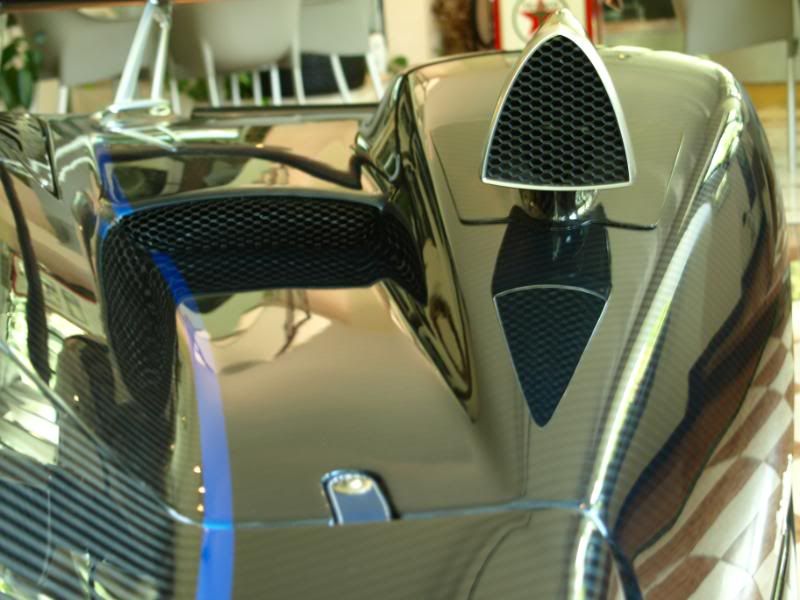
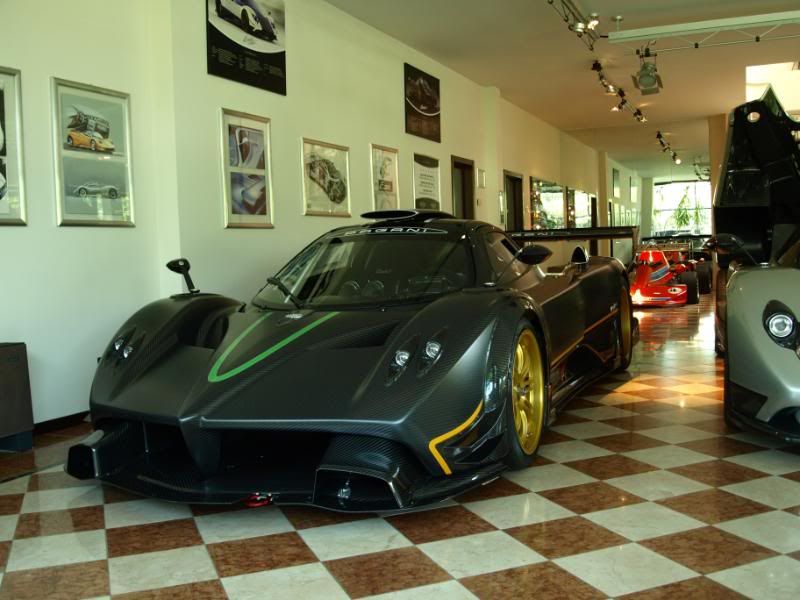
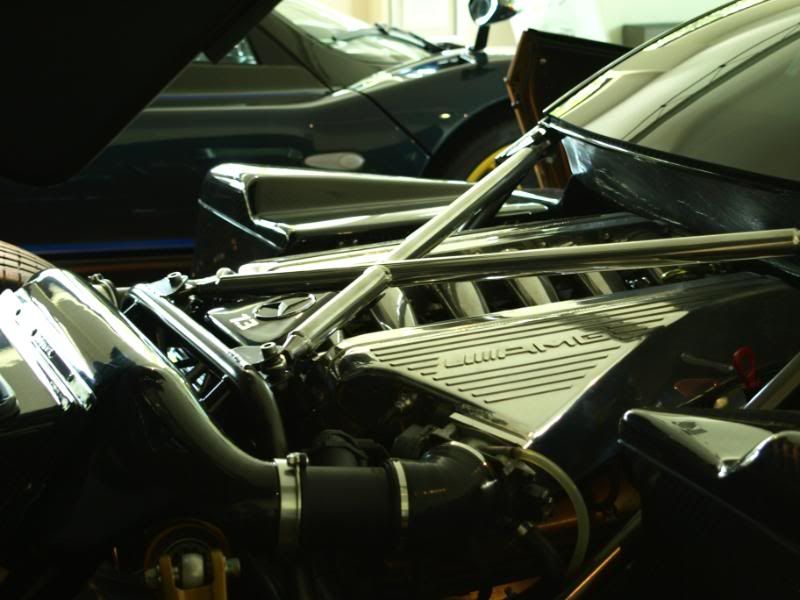
I had said there were three cars in the showroom, in fact there was a forth. Horatio Pagani's old race car was tucked up in the corner. Apparently some of the engineering he employed in the race car (in the 80's) has been used on the new Huayra.

From the showroom, we headed through to the workshop. The first thing that struck us was how small the place was. There were three cars in the first workshop, which was almost at capacity. There were two Zonda's and a Huayra; the first Zonda in for some servicing work, the second was a customer car been built for a Russian client, complete with a stinking purple interior. The Huayra was the bare chassis being constructed and is the first customer car that they have built. It will be heading to China. Off the side of the workshop was the first carbon fibre work area. This is where the sheets are laid on the moulds. We were allowed to handle some of the raw material, which was a bit like a damp, tacky tea towel. The moulds all have directional patterns on them, to guide where to lay the carbon fibre material, in order to achieve perfect symmetry in the finished weave on the car. One square metre of carbon fibre cost £55. There are over 300 square metres used in the chassis (not body work, just chassis) of the Huayra. It takes a team of 8 craftsmen 25 days to complete one chassis.
From that workshop we went through to a second area. That was a similar sized area and had a few different functions. There was the oven for the carbon fibre, an area where the freshly baked carbon fibre is then prepared (rough edges etc finished off), and a paint preparation area. We were handed a carbon fibre part to feel it's lightness, and toughness; the guide tapping on the side of the work bench demonstrating it's toughness,... as the mechanic winced. In the paint prep area we were able to have a look around the Huayra's body work all set up on a jig ready for painting. Apparently it is quite rare to see a car (well it's body panels) in that state on the jig. There was also a fairly tatty zonda, which they use as their test mule for the various models. It had been getting used to test components for the Huayra, but in the form that we saw it, it was back to being a Zonda mule. It had a special engine in it, a one off, 750bhp for a customer who wanted a 'little extra'.
There was so much to take in. It was wonderful to see the cars being worked on, and just take in the beauty of the components and the engineering and craft that goes into making these very special cars. We felt very privileged to get to poke around the cars and handle the parts. We were told that they will soon move to a larger premises and double their production. It was great to see the factory as it was from the outset, and very much in contrast to the might, and mass production of Ferrari.
